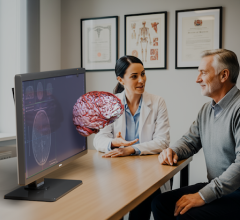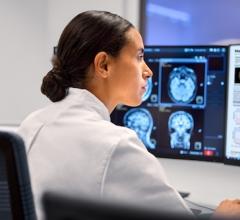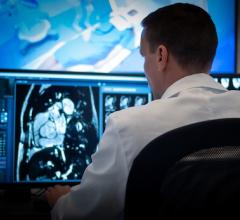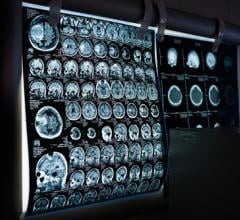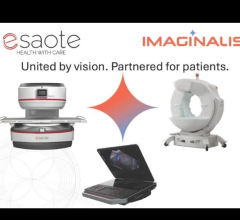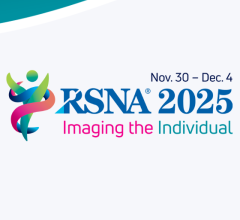February 21, 2007 - single-slice magnetic resonance imaging (MRI) is a fast, non-invasive way to measure intra-abdominal fat, which when excessive, may put children and teenagers at risk for developing heart disease, diabetes and other illnesses, reports a new study featured in the March issue of Radiology.
Unlike the fat that lies just beneath the abdominal wall, forming skin folds or “love handles,” internal fat located in and around the abdominal organs may actually be more damaging, predisposing children to adult diseases.
“Because metabolic abnormalities appear to be more closely associated with intra-abdominal fat tissue, it is critical to be able to reliably and accurately assess this fat tissue in order to identify children at risk,” said the study’s lead researcher Marilyn J. Siegel, M.D., professor of radiology and pediatrics at Mallinckrodt Institute of Radiology, Washington University School of Medicine in St. Louis, Missouri.
Results from the 2003-2004 National Health and Nutrition Examination Survey found that an estimated 18.8 percent of children (age 6 to 11) and 17.4 percent of adolescents (age 12 to 19) in the United States are overweight.
Current methods used to estimate body fat include anthropometry, which involves physical measurements including waist circumference, abdominal height and body mass index, and dual energy absorptiometry (DEXA), a whole-body scan that distinguishes lean mass from fat tissue. However, anthropometry is imprecise and DEXA requires exposure to ionizing radiation.
In Dr. Siegel’s study, 30 adolescents had fat tissue measurements taken using anthropometry, DEXA and single-slice and whole-abdominal, multi-slice MRI. The study’s 20 boys and 10 girls were between the ages of 10 and 18 and included nine overweight but non-diabetic individuals, 10 Type-2 diabetic and overweight patients, and 11 normal weight, non-diabetic adolescents. The single-slice and multi-slice MRI measurements were compared and tested for correlations with anthropometric and DEXA measurements.
“Single- and multi-slice MRI measurements for assessing body fat distribution strongly correlated with clinical and DEXA measures,” Dr. Siegel said. “The single-slice MRI, which takes just a few seconds, characterized body fat as well as the multi-slice exam.”
While all participants had similar fat distribution patterns with a predominance of fat in the tissue of the abdominal wall, the total amount of fat tissue varied. Overall fat volume was highest in the diabetic, overweight adolescents
According to Dr. Siegel, fat tissue estimation through single-slice MRI is simple, fast and could be useful in many clinical and research applications, including patient management, monitoring interventions, and implementing multi-center clinical trials or epidemiologic studies.
“Our ability to accurately measure abdominal fat may substantially advance strategies for achieving healthy weights in children,” she said.
Source: Radiology


 December 15, 2025
December 15, 2025 


